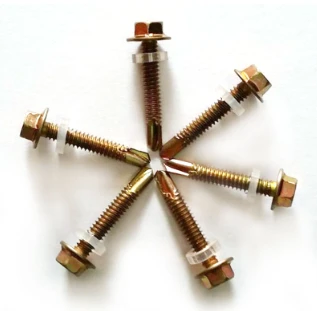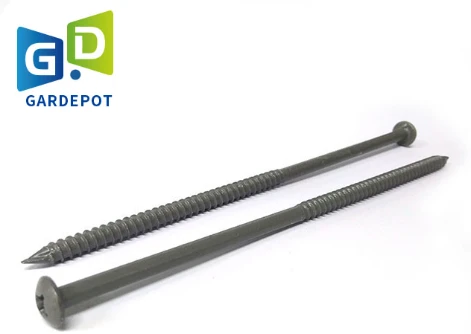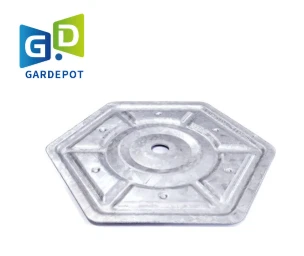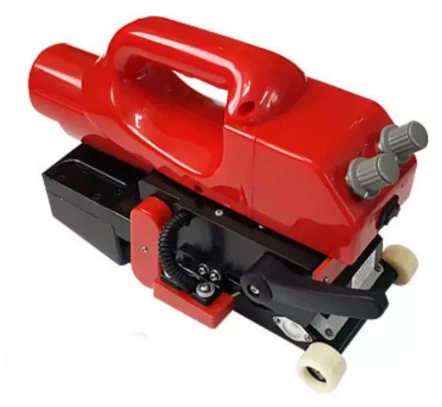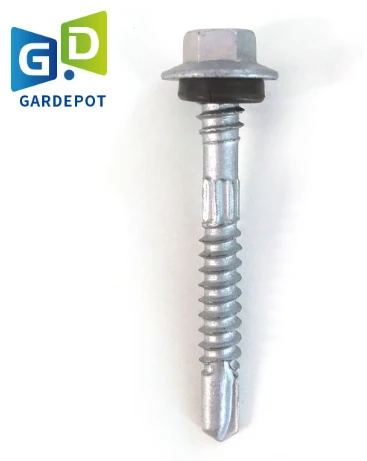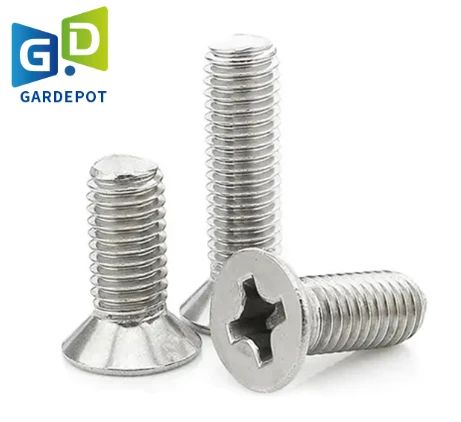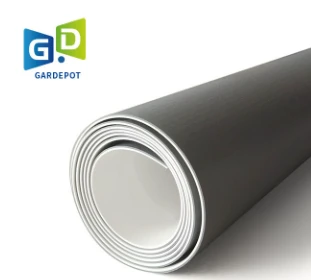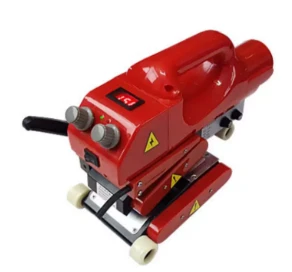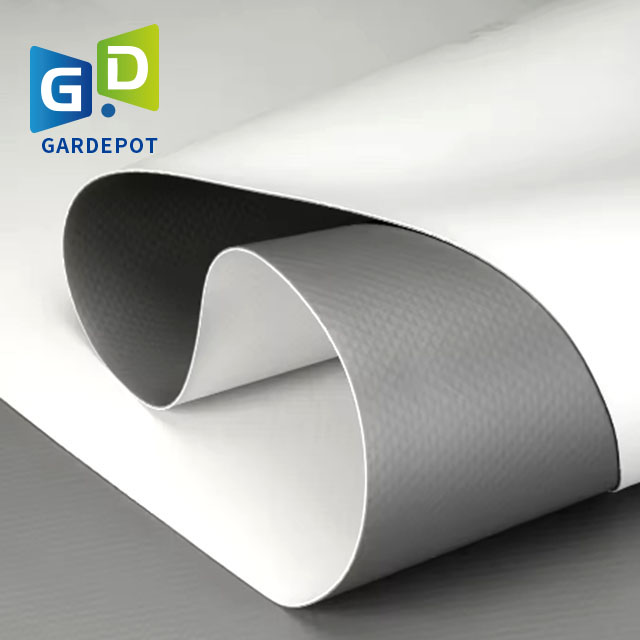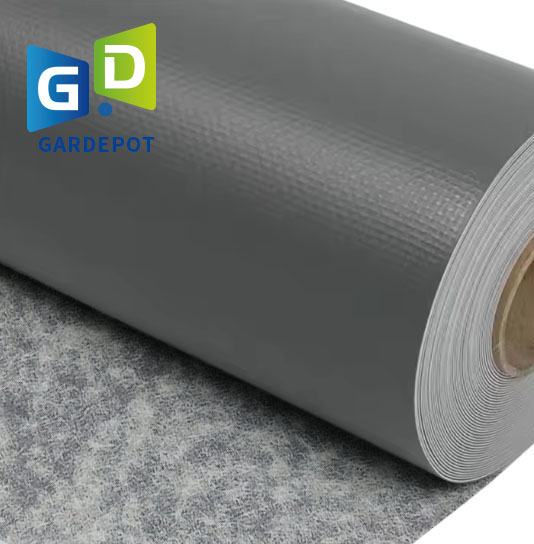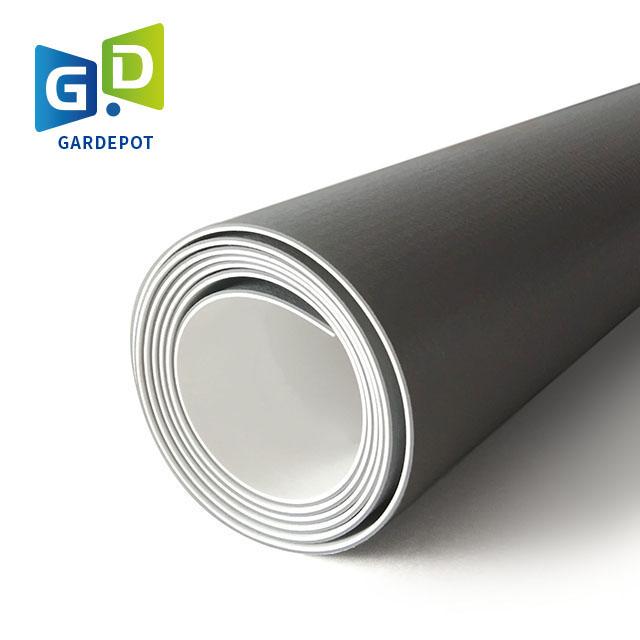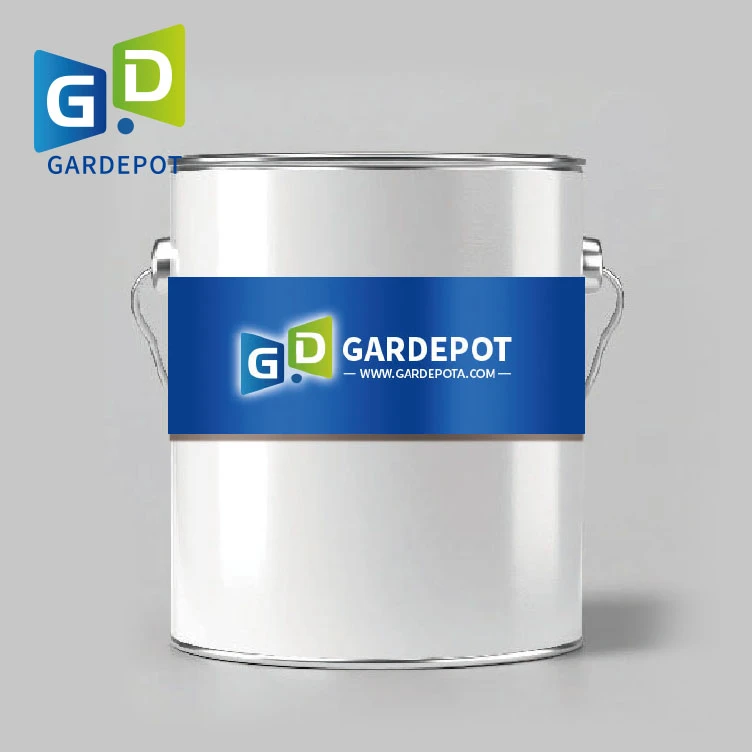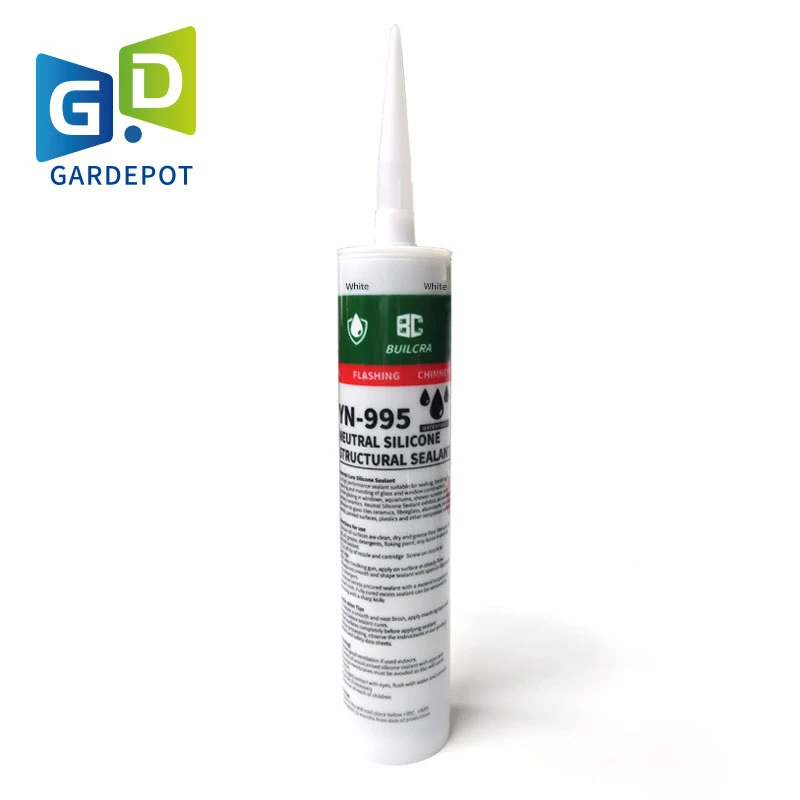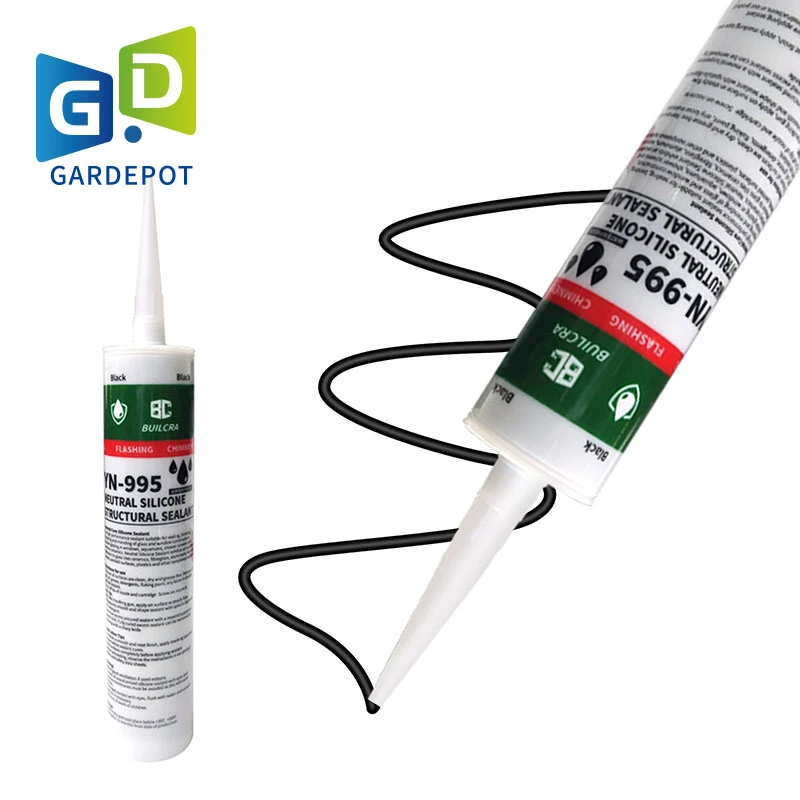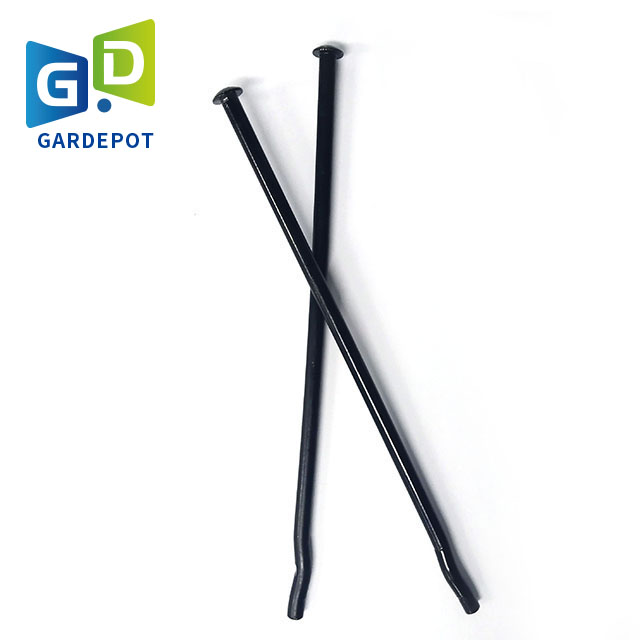Durable Insulation Fastening Plates for Secure Roof & Wall Fixings
The Indispensable Role of Insulation Fastening Plates in Modern Construction and Industrial Applications
In the dynamic landscape of modern construction and industrial insulation, the efficacy and longevity of thermal and acoustic barriers hinge significantly on the integrity of their fastening systems. At the forefront of this critical component are ألواح تثبيت عازلة, indispensable hardware designed to securely anchor insulation materials to various substrates. These specialized plates, often complemented by pins or fasteners, ensure that insulation remains in optimal position, resisting environmental stressors such as wind uplift, thermal expansion and contraction, and mechanical vibrations. Their design is a confluence of material science and mechanical engineering, aiming to provide maximal holding power with minimal thermal bridging. From expansive roof insulation plates covering vast commercial structures to specific 3 ألواح عزل دائرية securing ductwork, their application spans across diverse sectors including petrochemical, metallurgy, HVAC, and building envelopes, fundamentally contributing to enhanced energy efficiency, noise reduction, and structural integrity. Understanding the nuanced engineering behind these components, their manufacturing precision, and their strategic deployment is paramount for B2B decision-makers seeking to optimize project performance and achieve long-term operational savings.
The demand for robust and reliable insulation solutions continues to surge, driven by stringent energy codes, a global imperative for sustainability, and the rising cost of energy. This paradigm shift places an even greater emphasis on the performance of ancillary components like لوح العزل technology. Advancements in material science have led to fastening plates that offer superior corrosion resistance, higher pull-out strength, and improved thermal performance, enabling the construction of more resilient and energy-efficient buildings and industrial facilities. The market for these specialized fasteners is evolving, with innovation focusing on ease of installation, adaptability to diverse insulation types (e.g., rigid foam boards, mineral wool, fiberglass), and compatibility with various substrates including concrete, steel, and wood. Manufacturers are increasingly offering custom solutions tailored to specific project requirements, addressing unique challenges such as extreme environmental conditions or specialized load-bearing capacities. This detailed exploration delves into the technical specifications, manufacturing intricacies, broad application spectrum, and inherent advantages of modern insulation fastening solutions, providing a comprehensive resource for engineers, procurement specialists, and project managers.
Industry Trends and Technological Evolution in Insulation Fastening
The industry for ألواح تثبيت عازلة is characterized by a relentless pursuit of efficiency, durability, and sustainability. A significant trend is the increasing adoption of materials that offer enhanced corrosion resistance, such as galvanized steel, stainless steel, and various polymer composites, especially in environments prone to moisture or chemical exposure. This material evolution directly addresses the critical need for long-term structural integrity and reduces maintenance cycles, which is a key concern in large-scale industrial projects. Another prominent trend is the development of optimized designs, exemplified by the barbed plate technology, which significantly enhances pull-out resistance and ensures a steadfast grip on softer insulation materials. Automation in fastening processes is also gaining traction, particularly in prefabricated construction and large-scale commercial roofing projects, where specialized tools and systems expedite installation while maintaining consistent quality. The emphasis on minimizing thermal bridging, a common concern with traditional metal fasteners, has led to innovative designs that incorporate thermal breaks or utilize low-conductivity materials, thereby preserving the insulation's U-value and contributing to the overall thermal performance of the building envelope.
Beyond material and design advancements, the digitalization of construction and the advent of Building Information Modeling (BIM) are influencing the specification and deployment of لوح العزل components. BIM allows for precise planning of fastener locations, quantity estimation, and even simulation of their performance under various load conditions, leading to more accurate project execution and reduced material waste. Furthermore, environmental regulations and green building certifications, such as LEED and BREEAM, are driving manufacturers to adopt more sustainable manufacturing practices and to offer products with lower embodied energy or those made from recycled content. The demand for lightweight yet robust solutions is pushing innovation in composite materials for ألواح عزل السقف, reducing the overall dead load on structures without compromising fastening strength. This holistic approach, integrating material science, advanced manufacturing techniques, digital planning tools, and sustainability objectives, defines the current trajectory of the insulation fastening industry, ensuring that these seemingly minor components play an increasingly significant role in the overall efficiency and resilience of modern infrastructure.
Manufacturing Process and Quality Assurance for Insulation Fastening Plates
The manufacturing of high-quality ألواح تثبيت عازلة is a meticulous process demanding precision engineering and stringent quality control. It typically commences with the selection of premium-grade raw materials, primarily galvanized steel, stainless steel (e.g., 304 or 316 for enhanced corrosion resistance), or specific engineered plastics for specialized applications. For metal plates, the process generally involves large-scale coil slitting, followed by progressive die stamping or automated press forming. This allows for the rapid and accurate production of plate shapes, including round, square, or specialized designs like those found in the صفيحة مشوكة مقاس 2-3/8, which features specific barb geometries. The barbs themselves are typically formed during the stamping process, designed to create a positive mechanical lock with the insulation material, preventing pull-through and improving shear resistance. Post-forming, parts undergo rigorous deburring and cleaning to remove any sharp edges or contaminants. For galvanized steel, a zinc coating is applied to provide a sacrificial layer against corrosion, while stainless steel intrinsically offers superior resistance. Some plates may undergo additional treatments such as passivation for stainless steel or powder coating for aesthetic and added protective layers.
Quality control is integrated at every stage, from raw material inspection to final product verification. Manufacturers adhere to international standards such as ISO 9001 for quality management systems, while product-specific performance is often validated against ASTM (American Society for Testing and Materials) standards, for instance, ASTM C1289 for insulation attachment. Testing protocols include material composition analysis, dimensional accuracy checks using precision gauges or optical scanning, and mechanical performance tests such as pull-out strength, shear strength, and corrosion resistance (e.g., salt spray tests). The lifespan of these components is critical, often specified to match or exceed the lifespan of the insulation they secure, typically ranging from 30 to 50 years under normal operating conditions. Applicable industries for such precisely manufactured plates are broad, encompassing critical infrastructure in petrochemical plants, where energy conservation and safety are paramount, to metallurgical facilities facing extreme temperatures, and large-scale commercial and residential construction projects focused on long-term energy efficiency and structural integrity. The meticulous manufacturing and rigorous testing ensure that each لوح العزل performs reliably in demanding environments, offering significant advantages in terms of reduced energy consumption, enhanced structural stability, and superior resistance to environmental degradation.
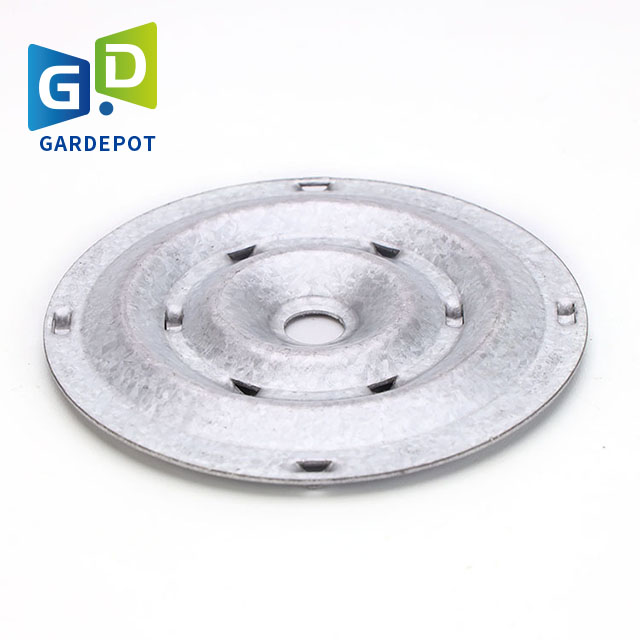
Fig 1: Advanced manufacturing techniques ensure the precision and durability of insulation fastening plates.
Key Technical Parameters and Product Specifications
Selecting the appropriate ألواح تثبيت عازلة requires a thorough understanding of their technical parameters, which directly influence their performance and suitability for specific applications. For instance, the صفيحة مشوكة مقاس 2-3/8 is engineered with specific dimensions and material properties to maximize its fastening efficiency. Key parameters include the plate diameter or dimensions, material grade, thickness, barb design (for barbed variants), and compatibility with various insulation pin diameters. The material composition is critical; common options range from galvanized steel for general applications to 304 or 316 stainless steel for environments requiring superior corrosion resistance, such as coastal regions or chemical processing plants. Plate thickness directly correlates with stiffness and load distribution, typically ranging from 0.4mm to 1.0mm depending on the required structural integrity and intended use, whether it's for lightweight fibrous insulation or dense rigid boards. The design of features like barbs or serrations on the plate surface is optimized to enhance friction and mechanical grip, preventing insulation pull-through even under significant load or vibration, which is crucial for maintaining the R-value of the insulation system over time.
Performance metrics are paramount when evaluating لوح العزل products. Pull-out strength, measured in pounds or Newtons, indicates the maximum force the plate can withstand before detaching from the insulation or substrate. This is a critical factor for ألواح عزل السقف subjected to wind uplift forces. Corrosion resistance, often quantified by salt spray test results (e.g., hours to red rust), dictates the product's longevity in harsh environments. Thermal conductivity of the plate material is also considered, particularly for applications where thermal bridging must be minimized; while metal plates inherently conduct heat, their minimal cross-section and strategic placement usually limit their impact on overall thermal performance. Operational temperature range ensures the plates maintain their structural integrity and fastening capabilities across extreme thermal cycles, a vital consideration in industrial settings or cold storage facilities. The table below provides a generalized overview of typical technical parameters for insulation fastening plates, highlighting the range of specifications available for different application needs. Understanding these detailed parameters allows engineering teams to select the most appropriate fastening solution, ensuring optimal insulation performance and project longevity.
Typical Technical Specifications for Insulation Fastening Plates
| Parameter | Value Range / Description | Typical for 2-3/8 Barbed Plate |
|---|---|---|
| Material Options | Galvanized Steel, Stainless Steel (304, 316), Engineered Polymers | Galvanized Steel, 304 Stainless Steel |
| Plate Diameter/Size | 38mm (1.5") to 100mm (4") or custom dimensions | 60mm (2-3/8") |
| Plate Thickness | 0.4mm to 1.0mm (0.016" to 0.040") | 0.5mm (0.020") |
| Fastener Hole Diameter | 2.7mm to 6.5mm (for various pin diameters) | 4.5mm (0.177") |
| Pull-Out Strength (Typical) | 150 N to 500 N (34 lbf to 112 lbf) depending on insulation density and pin type | 250 N (56 lbf) in typical rigid insulation |
| Corrosion Resistance | Salt Spray Test: 240 hrs (galv.), >1000 hrs (SS) | Galvanized: 240 hrs, SS: >1000 hrs |
| Temperature Range | -40°C to +200°C (-40°F to +392°F) for metal plates | -40°C to +200°C |
| Surface Finish | Smooth, Barbed, Serrated | Barbed |
Note: Pull-out strength is highly dependent on the type and density of insulation material, as well as the substrate and installation method. Values are approximate and for comparative purposes.
Application Scenarios and Industry-Specific Benefits
The versatility of ألواح تثبيت عازلة makes them indispensable across a multitude of industries and diverse application scenarios. In commercial and industrial roofing, ألواح عزل السقف are critical for securing rigid insulation boards to metal decks, concrete slabs, or wood substrates. This application directly impacts the building's thermal envelope, preventing heat loss or gain, thereby significantly reducing HVAC energy consumption. For instance, in large-scale warehouses or manufacturing plants, a well-secured insulation system leads to substantial operational cost savings and a more stable internal climate, which can be crucial for temperature-sensitive processes or product storage. In the petrochemical and chemical processing industries, where pipe and vessel insulation is paramount for process efficiency, safety, and personnel protection, specialized 3 لوحة عزل معدنية designs are utilized to secure high-temperature insulation materials. These plates must withstand extreme temperatures, corrosive atmospheres, and mechanical vibrations, ensuring the insulation remains intact to prevent thermal bridging and maintain critical process temperatures. The application in these environments directly contributes to energy savings by minimizing heat transfer, reducing the risk of burns to personnel, and extending the lifespan of critical equipment by stabilizing operating temperatures.
Beyond roofing and industrial process insulation, لوح العزل solutions find extensive use in HVAC ductwork, where 3 ألواح عزل دائرية are commonly employed to secure external or internal insulation to large-diameter ducts, ensuring conditioned air maintains its temperature from the unit to the delivery point. This is crucial for energy efficiency in commercial buildings and data centers. In general construction, these plates are vital for facade insulation systems, where they anchor various types of external insulation boards to wall structures, contributing to a building's overall thermal performance and acoustic dampening. For example, in multi-story residential or office buildings, properly fastened facade insulation significantly reduces heating and cooling loads and provides superior sound attenuation, enhancing occupant comfort and reducing energy bills. In cold storage facilities and refrigerated warehouses, specialized anti-corrosion ألواح تثبيت عازلة are essential to maintain extremely low temperatures, prevent condensation, and ensure the integrity of the thermal barrier, which is critical for preserving perishable goods and minimizing energy expenditure associated with refrigeration. The pervasive use across these sectors highlights the fundamental role these fastening solutions play in achieving superior energy conservation, structural integrity, and enhanced safety across varied industrial and commercial landscapes.
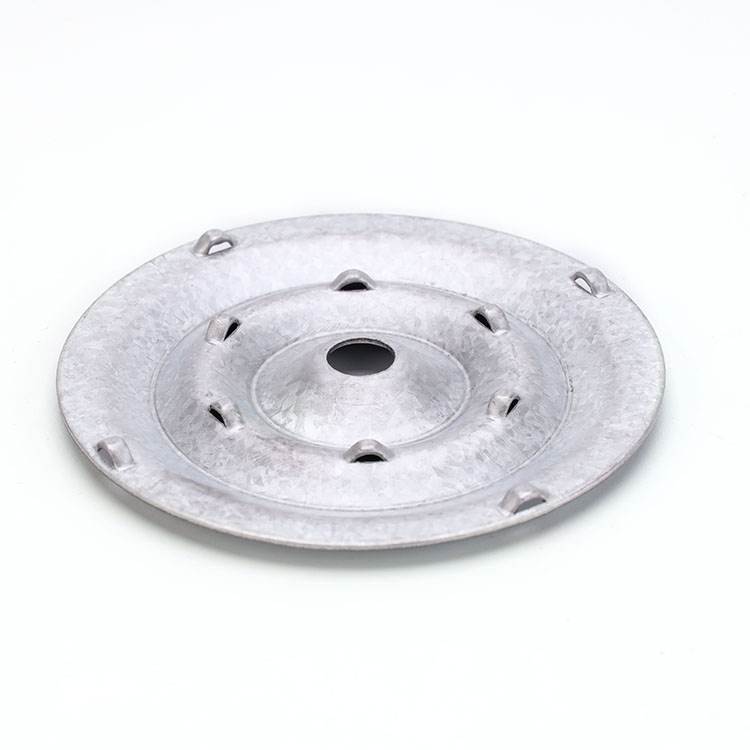
Fig 2: Diverse applications of insulation fastening plates in industrial and commercial environments.
Technical Advantages and Performance Benefits
The technical advantages of using specialized ألواح تثبيت عازلة, such as the صفيحة مشوكة مقاس 2-3/8, over generic fasteners are substantial and contribute significantly to the overall performance and longevity of an insulation system. Firstly, the broad surface area of these plates, compared to a simple washer, distributes the load more effectively across the insulation material. This prevents localized compression or tearing of softer insulation materials, ensuring that the insulation maintains its intended thickness and, consequently, its thermal resistance (R-value). The barbs or serrations on the plate surface create a superior mechanical interlock with fibrous or foamed insulation, dramatically increasing pull-through resistance. This is particularly crucial in applications where insulation is subject to dynamic loads, such as wind uplift on roofs or vibration in industrial machinery. Enhanced pull-out strength translates directly into a more robust and stable insulation system that requires less maintenance and offers prolonged performance.
Furthermore, the choice of material for ألواح تثبيت عازلة confers distinct advantages. Stainless steel plates, for instance, offer unparalleled corrosion resistance, making them ideal for installations in highly corrosive environments like chemical plants, wastewater treatment facilities, or marine applications. This resistance ensures the long-term integrity of the fastening system, preventing premature failure due to rust and maintaining the insulation's position throughout its intended service life. The design of many لوح العزل varieties also minimizes thermal bridging. While metal is conductive, the relatively small cross-section of the plate and often the use of specialized plastic caps or thermal breaks with the accompanying pins, ensures that the overall thermal performance of the insulation layer is not significantly compromised. This precision in design and material selection directly translates into superior energy efficiency for the end-user, reduced operational costs due to lower energy consumption, and a significant reduction in the environmental footprint of the installed system. Ultimately, the technical superiority of purpose-built insulation fastening plates provides a foundational element for high-performance thermal envelopes, ensuring resilience, efficiency, and longevity in critical industrial and commercial applications.
Manufacturer Comparison and Custom Solutions
When sourcing ألواح تثبيت عازلة, B2B decision-makers often face a market with various manufacturers, each offering distinct advantages. Key differentiators typically include the breadth of product lines, adherence to international quality standards (e.g., ISO, CE, ASTM certifications), manufacturing capabilities, and crucially, the capacity for providing custom solutions. Leading manufacturers often possess advanced stamping and forming technologies, enabling them to produce a wide range of standard plate sizes and designs, including specialized 3 ألواح عزل دائرية or square versions. Their commitment to R&D allows for continuous innovation in materials and geometries to meet evolving industry demands, such as higher pull-out strengths for new insulation types or improved corrosion resistance for extremely harsh environments. Furthermore, reputable suppliers distinguish themselves through comprehensive technical support, offering guidance on product selection, installation best practices, and performance data crucial for engineering specifications.
The ability to provide custom لوح العزل solutions is a significant value proposition for projects with unique requirements. For instance, a complex industrial facility might require 3 لوحة عزل معدنية designs with specific dimensions, unique hole patterns, or specialized coatings to accommodate non-standard insulation thicknesses, unusual pipe diameters, or highly corrosive atmospheric conditions. Manufacturers with in-house tooling capabilities and agile production processes can collaborate closely with clients to engineer bespoke solutions, ensuring perfect fit and optimal performance for challenging applications. This includes adjusting plate diameter, thickness, barb configuration, or even developing new material alloys to meet stringent project specifications. Such customized approaches mitigate risks associated with non-standard installations, enhance safety, and optimize the long-term efficiency and durability of the insulation system. Partnering with a manufacturer that not only offers a robust standard product portfolio but also excels in responsive and precise custom fabrication empowers engineers and project managers to tackle complex insulation challenges with confidence, ensuring that every fastening detail aligns perfectly with the overarching project goals for energy efficiency, longevity, and operational excellence.
Real-World Application Cases and Success Stories
The efficacy of ألواح تثبيت عازلة is best demonstrated through their successful deployment in real-world projects, yielding tangible benefits in energy efficiency and structural longevity. Consider a large-scale commercial roofing project for a distribution center spanning over 500,000 square feet. The specification called for rigid polyisocyanurate insulation boards to achieve a high R-value and meet stringent energy codes. By utilizing thousands of galvanized ألواح عزل السقف paired with mechanical fasteners, the insulation was securely anchored, resisting significant wind uplift forces and thermal movement. This robust fastening system contributed to a 25% reduction in annual heating and cooling costs for the facility compared to a baseline projection, demonstrating the direct financial impact of reliable insulation securement. Another compelling case involves a major petrochemical complex undergoing an expansion, where highly corrosive atmospheres and elevated temperatures posed unique challenges. Here, specialized 3 لوحة عزل معدنية designs, manufactured from 316L stainless steel, were custom-fabricated to secure mineral wool insulation around process piping operating at 300°C. The enhanced corrosion resistance and high-temperature stability of these plates ensured the insulation remained intact, preventing heat loss, protecting personnel from hot surfaces, and ultimately reducing the energy required to maintain process temperatures by an estimated 15-20%, a critical factor in a high-energy-consumption industry.
In the context of an urban mixed-use development, addressing noise pollution and enhancing thermal comfort were paramount. The project incorporated an external wall insulation system utilizing dense mineral wool boards. Thousands of لوح العزل fasteners were strategically installed to create a resilient facade, effectively reducing external noise by up to 45 dB and contributing to an overall U-value that exceeded local energy code requirements by 20%. This resulted in a quieter indoor environment and lower energy bills for tenants, increasing property value and occupant satisfaction. Furthermore, in the reconstruction of an aging municipal water treatment plant, a critical requirement was to insulate extensive lengths of large-diameter process pipes to prevent freezing in winter and reduce heat gain in summer. For these applications, 3 ألواح عزل دائرية were extensively used to secure pre-formed pipe insulation sections. The precise fit and secure fastening provided by these plates ensured the integrity of the insulation even with constant pipe vibrations, directly preventing costly operational disruptions due to freezing and contributing to a 10% reduction in energy consumption related to maintaining water temperature within the system. These diverse examples underscore the indispensable nature of high-quality ألواح تثبيت عازلة in achieving long-term performance, energy efficiency, and operational excellence across a wide spectrum of industrial and commercial applications.
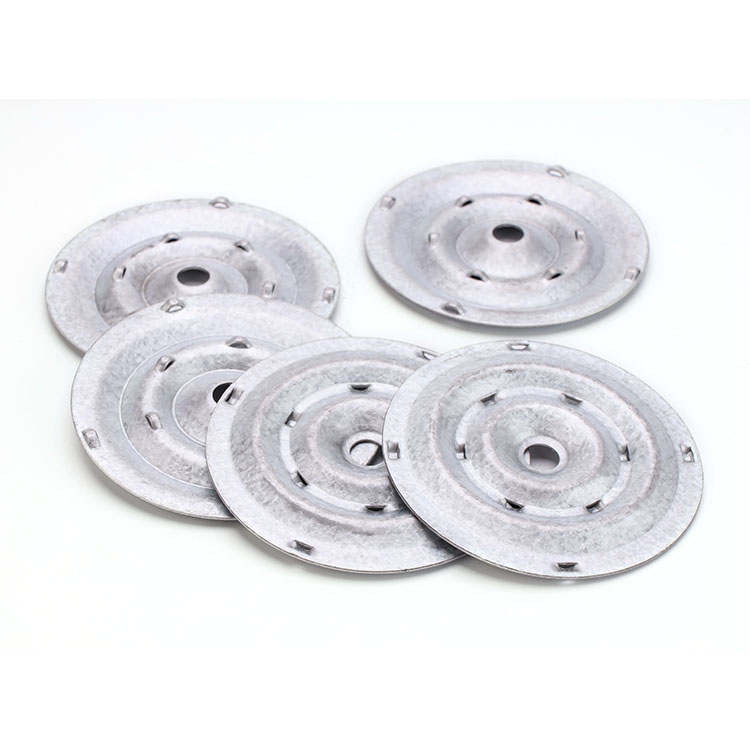
Fig 3: Securely fastened insulation contributes to energy efficiency and structural integrity.
Quality Assurance, Delivery, and Customer Support
For B2B buyers of ألواح تثبيت عازلة, the trustworthiness of a supplier extends beyond product specifications to encompass comprehensive quality assurance, reliable delivery logistics, and robust customer support. Reputable manufacturers adhere to rigorous quality control protocols throughout their production lifecycle, from raw material sourcing to final packaging. This commitment is often evidenced by certifications such as ISO 9001:2015, which signifies a consistent approach to quality management, and product-specific compliance with industry standards like ASTM or ANSI, ensuring that each ألواح تثبيت عازلة batch meets predefined performance criteria, including dimensional accuracy, material composition, and mechanical properties. Many suppliers offer verifiable test reports for each production lot, providing transparency and confidence in the product's quality. Furthermore, the longevity and service life of the plates are backed by extensive testing, ensuring that they will perform effectively for the expected lifespan of the insulation system they secure, often 30+ years. This dedication to quality minimizes the risk of premature failure, reducing costly rework and maintenance in large-scale industrial or commercial projects, ultimately contributing to the long-term success of the installation.
Efficient and reliable delivery is another critical aspect for B2B procurement, especially for projects operating on tight schedules. Leading manufacturers of لوح العزل products streamline their logistics and supply chain management to ensure on-time delivery, whether it's for standard bulk orders or customized solutions. This often includes global shipping capabilities, optimized packaging to prevent damage during transit, and clear communication regarding lead times and delivery schedules. Typical delivery periods can range from 1-2 weeks for standard stock items to 4-6 weeks for highly customized orders, depending on manufacturing complexity and order volume. Beyond delivery, exemplary customer support is vital. This includes readily available technical assistance for product selection and application guidance, prompt resolution of inquiries, and comprehensive after-sales service. Manufacturers that stand by their products typically offer explicit warranty commitments, covering defects in materials and workmanship for a defined period, providing an additional layer of assurance to the buyer. This holistic approach, combining certified quality, dependable logistics, and proactive customer support, establishes a trusted partnership, ensuring that project teams have the necessary resources and reliable products to execute insulation installations to the highest standards.
Frequently Asked Questions (FAQ)
Q1: What is the primary function of insulation fastening plates?
A1: The primary function of ألواح تثبيت عازلة is to securely anchor insulation materials, such as rigid boards or fibrous blankets, to various substrates like concrete, steel, or wood. They distribute the load of the fastener over a larger surface area of the insulation, preventing pull-through and ensuring the insulation remains in place to maintain its thermal performance, particularly under environmental stresses like wind uplift or vibrations. This securement is crucial for the long-term integrity and efficiency of the insulation system in both commercial and industrial applications.
Q2: How do barbed insulation plates, like the 2-3/8 Barbed Plate, enhance performance?
A2: Barbed لوح العزل designs, such as the صفيحة مشوكة مقاس 2-3/8, significantly enhance performance by creating a mechanical interlock with the insulation material. The strategically designed barbs or serrations dig into the insulation, dramatically increasing the pull-through resistance. This is particularly beneficial for softer insulation types, preventing the fastener from pulling through the insulation layer under applied loads, thus ensuring a stronger, more reliable, and long-lasting securement, which is vital for maintaining the insulation's R-value and structural integrity over time.
Q3: What materials are commonly used for insulation fastening plates, and why?
A3: Common materials for ألواح تثبيت عازلة include galvanized steel, stainless steel (e.g., 304 and 316 grades), and engineered polymers. Galvanized steel is widely used for general applications due to its cost-effectiveness and good corrosion resistance provided by the zinc coating. Stainless steel is preferred for environments with high humidity, chemical exposure, or marine conditions due to its superior inherent corrosion resistance. Engineered polymers are used in specialized applications where thermal bridging must be absolutely minimized, or where non-conductive properties are required, offering flexibility and resistance to certain chemicals. The material choice is critical for matching the plate's durability to the environmental conditions of the installation.
Q4: Are custom insulation fastening plate solutions available for specific projects?
A4: Yes, many leading manufacturers offer custom ألواح تثبيت عازلة solutions. This is particularly valuable for projects with unique design specifications, non-standard insulation thicknesses, unusual substrate conditions, or specific performance requirements beyond standard product offerings. Customization can include variations in plate diameter, material thickness, hole patterns, barb configurations, or specialized corrosion-resistant coatings. Collaborating with manufacturers capable of custom fabrication ensures that the fastening solution perfectly aligns with the specific demands of challenging industrial or commercial applications, optimizing performance and installation efficiency.
Conclusion: Future-Proofing Insulation with Advanced Fastening Solutions
The continuous evolution of ألواح تثبيت عازلة underscores their pivotal role in the integrity and performance of modern thermal and acoustic insulation systems. From basic structural securement to sophisticated designs that minimize thermal bridging and resist extreme environmental conditions, these components are far from mere accessories; they are critical engineering elements that directly impact energy efficiency, structural longevity, and operational safety across diverse industrial and commercial sectors. The industry's trend towards more durable materials, optimized geometries like those found in the صفيحة مشوكة مقاس 2-3/8, and advanced manufacturing processes ensures that these plates meet the increasingly stringent demands of contemporary construction and industrial applications. As energy costs continue to rise and sustainability mandates become more pervasive, the demand for high-performance insulation systems, supported by robust and reliable fastening solutions, will only intensify.
For B2B stakeholders, investing in quality ألواح تثبيت عازلة means investing in long-term savings, reduced maintenance, and superior asset performance. Whether it’s for expansive ألواح عزل السقف on a commercial facility, specialized 3 ألواح عزل دائرية in HVAC systems, or durable 3 لوحة عزل معدنية fasteners in harsh industrial environments, the selection of the right fastening solution is paramount. Manufacturers committed to rigorous quality assurance, offering comprehensive technical support, and capable of delivering customized solutions are invaluable partners in achieving project success. Embracing the latest advancements in insulation fastening technology is not merely a matter of compliance; it is a strategic decision that contributes fundamentally to the creation of more resilient, energy-efficient, and sustainable infrastructure, driving significant economic and environmental benefits for decades to come.
References
- American Society for Testing and Materials. (ASTM C1289). Standard Specification for Faced Rigid Cellular Polyisocyanurate Thermal Insulation Board.
- International Organization for Standardization. (ISO 9001:2015). Quality management systems – Requirements.
- Building Information Modeling (BIM) Standards and Protocols. National Institute of Building Sciences.
- U.S. Department of Energy. Energy Savers. "Insulation."
- ASHRAE Handbook—Fundamentals. American Society of Heating, Refrigerating and Air-Conditioning Engineers.

